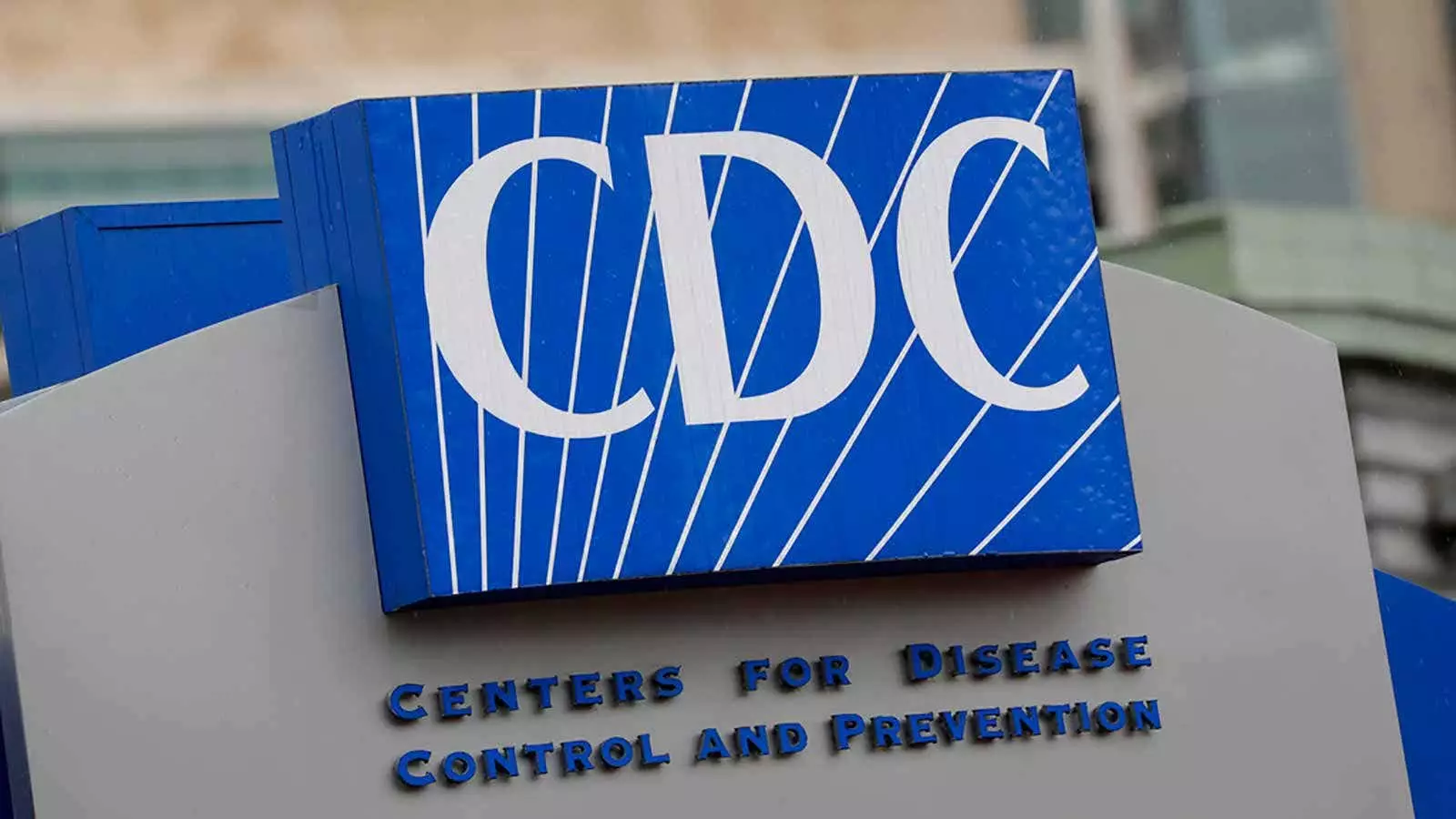In a rather peculiar turn of events, a hospitalized patient in Missouri was diagnosed with bird flu without any known contact with animals associated with the ongoing outbreak. This incident marks the 14th case of bird flu in the U.S. since March, when the virus was originally detected in cows, subsequently spreading to wild birds and mammals on a global scale.
Despite this latest case, health officials are quick to reassure the public that the risk of widespread transmission remains low. The U.S. Centers for Disease Control and Prevention emphasized that there has been no significant flu activity reported in the country, including in Missouri.
Questions and Concerns
This baffling case raises several questions regarding how the individual came into contact with the virus. Unlike previous cases in the U.S., where infections were linked to individuals working closely with cows and poultry, this particular patient had no such association. The investigation is ongoing to determine the source of exposure and how the infection occurred.
In light of this unexpected development, health officials are urging the public to remain vigilant and take necessary precautions. While no close contacts of the infected individual have tested positive for the virus, it serves as a reminder of the importance of practicing good hygiene and following general guidelines to prevent the spread of infectious diseases.
New Detection Method
Interestingly, this case was identified through routine influenza surveillance, rather than targeted efforts aimed at identifying individuals exposed to infected animals. This signifies a shift in detection methods and highlights the need for continuous monitoring and proactive measures to detect and contain infectious diseases effectively.
The recent case of bird flu infection in Missouri presents a unique and concerning situation that underscores the unpredictable nature of infectious diseases. Health officials are working diligently to investigate the source of the virus and ensure that appropriate measures are in place to prevent further spread. It serves as a stark reminder of the importance of vigilance and preparedness in dealing with emerging health threats.


Leave a Reply